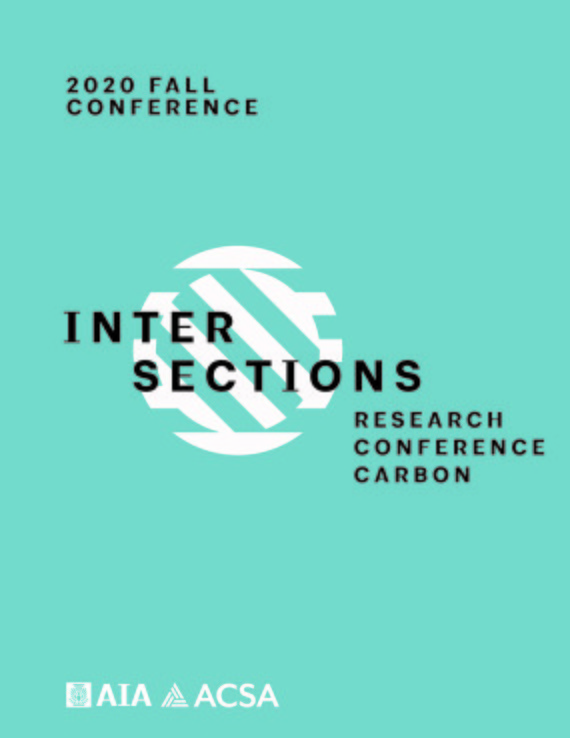Author(s): Craig Griffin
Recent reports paint an increasingly grimmer picture about the pace of climate change. While we cannot back off from efforts to reduce carbon, we now recognize it is too late to stop the coming changes. Therefore, it feels ethically necessary to modify our teaching strategies to train future architects early on not just how to build more sustainably, but also how to deal with harsh environmental conditions they will encounter in coming decades. This paper describes pedagogical revisions that link a second-year studio and a building technology course with the goal of introducing and applying principles of resilient design at both the ocean shore and a rural wooded setting to cover a range of possible strategies. The first project, SURF; Resilient Design on the Coast is sited on the ocean to focus on methods to combat the effects of rising seas, storm surge and hurricane-strength winds on a building; such as a raised concrete structure and impact resistant facades. The second project, TURF; Resilient Design in the Woods, is set on a natural site to focus on resilient design issues such as extreme temperatures, strong storms, drought and forest fire. Concurrent lectures in the tech course on passive heating and cooling, daylighting, thermal transfer and insulation, and non-combustible cladding and roofing materials support the studio project. To connect the 2 courses each student creates a color rendered wall detail that describes the resilient design strategies employed.
https://doi.org/10.35483/ACSA.AIA.FallInterCarbon.20.7
Volume Editors
Corey T. Griffin & Erica Cochran Hameen
ISBN
978-1-944214-35-7

 Study Architecture
Study Architecture  ProPEL
ProPEL 
